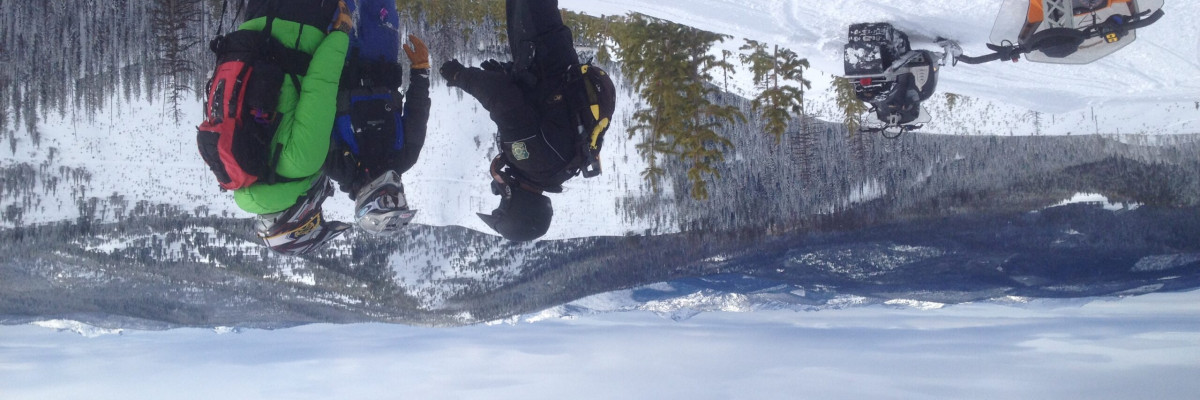In the southern Bitterroot Mountains, on slopes steeper than 35 degrees and above 7000 feet, the avalanche danger is rated as considerable. Last weekend’s storm was deposited on a weak surface hoar layer in this area and is still touchy in stability testing. In all other parts of the advisory area, on slopes steeper than 35 degrees and above 6000 feet, the avalanche danger is rated as moderate .
Good morning, this is Dudley Improta with the West Central Montana Avalanche Center’s advisory for January 23, 2015. The danger ratings do not apply to operating ski areas, are the sole responsibility of the U.S. Forest Service and expire at midnight tonight (1/23/15).
Weather and Snowpack Discussion
Mountain winds, primarily out of the west, are blowing 16 to 19 mph this morning. Temperatures above 5000 feet are 21 to 28 degrees F across the advisory area. We picked up about an inch of snow last night; expect warming temperatures today with mostly cloudy skies. Some snow with increasing wind is forecast to begin this evening.
There’s been no significant snow since the MLK weekend. We can thank the faceting process for keeping the skiing and riding pretty good. Surface temperature gradients and an inch or so of graupel have kept us in “recycled powder” for the last couple of days.
The snow from last weekend was deposited on a surface hoar layer and it is still reacting to stability tests; notably in the Lost Trail and southern Bitterroot area (LT pit below). The Montana / Idaho border did pick up the most snow during that storm. Elsewhere in the advisory area the snow appears to be stabilizing. I dug a lot of pits in the Rattlesnakes yesterday with Steve and we were generally happy with what we saw. We did get an interesting result twice in a pit on an E by NE slope (see video below).
The size of the surface slab, our primary avalanche problem, is going to vary depending on where you are riding; i.e. 20″ in the southern Bitterroot, 8-10 inches near Lolo Pass, 8 – 10″ in the Rattlesnakes, 12 – 14″ in the southern Swans. I’m always going to tell you it’s a good idea to dig a quick pit if recreating on slopes 35 degrees and steeper; it’s a particularly good idea this year when observations and pit tests have been anything but definitive.
Weather and Avalanche Outlook
Light snow, producing a couple of inches and accompanied by west winds gusting up to 30mph, is expected tonight through Saturday. The big story is you might be recreating in spring snow. By Sunday temperatures are expected to rise above freezing; possibly up to 8000 feet. Without significant rain or snow, I would expect these warm temperatures to stabilize the snowpack; and the avalanche danger should decrease.
Ride and ski safe, have a great weekend. I’ll issue the next regularly scheduled advisory on Tuesday, January 27.
























